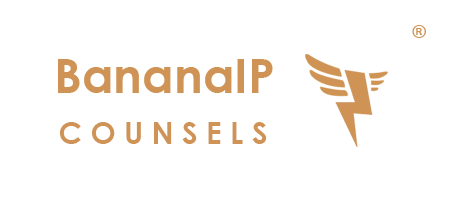In an appeal, the Madras High Court has set aside an order of the Controller refusing a patent grant for an application relating to “Image Construction Apparatus”. The Court primarily set aside the order because the order was not cogent and lacked the requisite reasoning with respect to Section 3(k) and inventive step on which the order was based.
Section 2(1)(ja) – Inventive Step
With respect to the refusal based on inventive step, the relevant para in the Court citing the Controller’s order reads as follows:
“7. In support of the rejection under Section 2(1)(ja) of the Patent Act, the operative portion of the order is as under:
“1. Under section 2(1)(ja) of the Indian Patent Act. The subject matter of claims are does not involve inventive step over the cited documents D1: US20060052884 A1) and D2:US6211870B1 are disclosed all the feature of the claims.
Claim does not involves an inventive step. The other dependent claims are also not allowed under section 2(1)(ja) of the Indian Patent Act 1970 as amended.
D1 discloses Document D1 discloses following features of independent claim 1 : displayed on a screen of a remote control apparatus image generation, generates a database, that associates the apparatus information source code generation, program generation. (See in particular ;Abstract, Description paragraphs 16,17,29-39 and fig 1,8), All the hardware feature of the present claims are already disclosed in the cited document. Document D2 discloses following features of independent claim 1: database generation, remote control, program medium, (See in particular; Abstract, Description and claim) it would have been obvious to a person skilled in the art to combine the teachings of D1 & D2 to arrive at the subject matter under consideration. Hence, the subject matter of the amended claims 1-5 are not allowed under section 2(1)(j) of the Indian Patent Act 1970 as amended. Further amendment in the claims are not allowed without form 13.” From the above, it is evident that the respondent has set out features allegedly common to prior art documents D1 and D2 and independent claim 1. After doing so, the respondent has recorded the conclusion that all the hardware features of the present claims are disclosed in prior art D1. Thereafter, after referring to prior art document D2, the respondent has recorded the conclusion that the claimed invention would be obvious if the teachings of D1 and D2 are combined.”
The Court stated that though the Controller of Patents cited prior art references, the order lacked reasoning. It particularly stated that the Controller failed to consider the fact that the European Patent Office (EPO) had granted a patent based on the same prior art references. While the EPO’s decision was not conclusive and dispositive, the Court stated that it was material to the proceedings.
Section 3(k) – Computer Programs Per Se
As stated in the decision, the rejection relating to Section 3(k) reads as follows:
“9. As regards the rejection under Section 3(k), the operative portion of the order is as under:
“The subject matter of claims are not patentable, the present claims does not involve any technical contribution / a technical effect and it’s a merely a computer program. The general structure of a program store in the memory of the general purpose computer. This program execute instruction code to perform the function of the image construction apparatus. The image construction apparatus are nothing but it a software program store in the memory of the general purpose computer. The image construction apparatus are nothing its only general purpose computer. The functioning of the apparatus (computer program) are clearly mention on the fig 4,5,6,7, and 8 and its details description, hence claims 1-5 are not allowed under section 3(k) of the Indian Patent Act 1970 as amended. The word “means” mentioned in claims are not defined properly either in description or/and in claims. The various means are software. As such the claims falls U/S 3(k) of The Indian Patent Act 1970.”
Regarding Section 3(k) refusal, the Court stated that the Controller’s reasoning lacked the requisite analysis for making decisions relating to patentability of computer programs. As per the Court, the applicant’s submissions were not considered, CRI guidelines were not cited, and judgments on Section 3(k) were not given due importance.
Conclusion
As the refusal based on both Section 3(k) and inventive step was devoid of cogent reasons, the Madras High Court set aside the order, and remanded the patent application for fresh consideration by another patent officer.
Citation: Mitsubishi Electric Corporation vs Assistant Controller of Patents and Designs, Madras High Court, 13th December, 2023, (T)CMA(PT)/11/2023
Disclaimer
The case note/s in this blog post have been written by IP Attorneys at BananaIP Counsels based on their review and understanding of the Judgments. It may be noted that other IP attorneys and experts in the field may have different opinions about the cases or arrive at different conclusions therefrom. It is advisable to read the Judgments before making any decisions based on the case notes.
If you have any questions, or if you wish to speak with an IP expert/attorney, please reach us at: contact@bananaip.com or 91-80-26860414/24/34.



